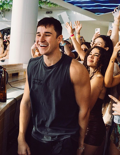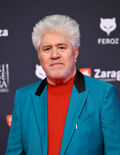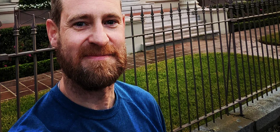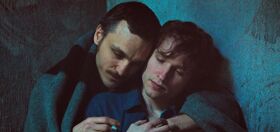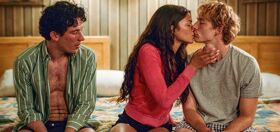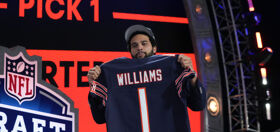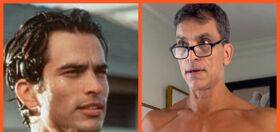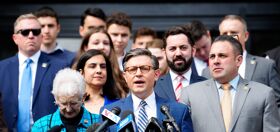It’s hard to believe that the epic international event that is now San Francisco Pride began as a rag-tag group of fiery activists way back in 1970, coming just three years after the city’s breakthrough Summer of Love. The annual mega-event is testament to the courage of the original marchers but also to the power of the original idea: That everyone should be proud of their identity, not matter how different from the majority or what others say.
In fact, the notion of pride now far outstrips gay or LGBTQ pride specifically. The ranks of parade marchers and revelers are swelled by at least as many non-gay people as gay, which is why the city expects at least one million people to descend on the middle of the city for pride weekend, June 23 to 25.
Looking back at San Francisco pride images through the ages, it’s easy to see why. Everything the best in humanity is on colorful display: Protesting, dancing, singing, celebrating, all with a nod to diversity unrivaled anywhere on the planet. And not just the traditional markers of economic, racial, ethnic, geographic and age diversity. That’s just the beginning. The range of sexual and gender identities, expressions and causes is a modern marvel. Oh, and did we mention the costumes you’ll encounter along San Francisco’s Market Street, from Steurt to 8th Street?
No wonder the event has such incredible cross-over appeal.
How about we take this to the next level?
Our newsletter is like a refreshing cocktail (or mocktail) of LGBTQ+ entertainment and pop culture, served up with a side of eye-candy.
Here are a few thought starters to get you in to the pride mood like never before…
1. The Gay-In
Launching on the Embarcadero, participants, from PFLAG moms to go-go boys, began lining up well before the 10:30 am march, readying their outfits and floats for the trek down Market Street to to the Civic Center Plaza, approximately two miles away.
3. The Festival
The festival sprouted from the Sunday morning parade. Located at the Civic Center in front of the City Hall steps it is a collection of booths hawking food, beer and wares, from t-shirts to kinky offerings. There are two stages where performers entertain at least 100,000 people in the audience.
4. Dykes on Bikes
Dykes on Bikes is a motorcycle contingent of thousands that’s a ubiquitous and colorful pride presence, generally leading off the parade. Toplessness, leather outfits and roaring engines make it a crowd favorite. When the dykes on bikes rumble by, you pretty much know the parade is underway. The Dyke March, where you will see many of the bikers, takes place the Saturday before the Sunday morning march.
5. Trans March
6. Pink Saturday
The flag was created by San Francisco artist & activist Gilbert Baker for the 1978 Pride Parade. It originally had eight dazzling stripes, but Baker removed two to simplify the symbol of peace & joy. A six-stripe Rainbow Flag flies over Harvey Milk Plaza in the Castro, and is one of the most frequently photographed flags in the world.
8. Justice for All
In some ways, 2017 SF Pride is a return to its roots. The politics of the nation have turned hostile to equality, and religious discrimination bills are on the march in conservative states. The anniversary of the Pulse Nightclub massacre came June 12, and the Supreme Court marriage equality ruling happened June 26, 2015. Those earth-shattering events, along with the unfinished LGBTQ agenda, has injected a new urgency into pride, promising to make it as fiery and action-packed as that first one, in 1970–47 years ago to the day.
Happy pride!














